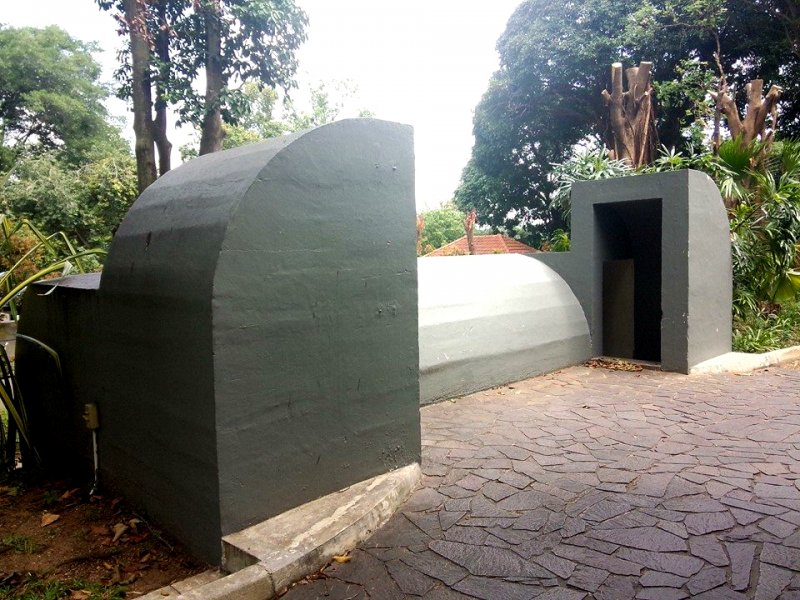For those of us who enjoy exploring the city, there's the National Heritage Board’s (NHB) Roots.sg portal that we can all rely on. Packed with fascinating information and experiential self-guided local heritage trails, the first 16 trails were developed since 1999, and more have since sprung up. But there're other trails in Singapore to check out too. While there's always a time for aimless walks, check out these ones that are sure to satisfy your inner explorer.

Jewish quarters in old European towns are venerable tourist spots, and in Singapore, we have our very own Jewish quarter that is every bit as historic as Europe's. In fact, the first Jewish community arrived on our shores in the 1800s. Visit the historic heart of Singapore’s Jewish community at Maghain Aboth Synagogue and Prinsep Street where many weathered buildings tell stories of a bygone era. Plus, it's an easy, short trail you can undertake while you're in town.
Explore the Amara Sanctuary Resort Sentosa via its very own inaugural Amara Heritage Trail, jointly organized with STB, that can be pre-booked up to a month in advance. The resort sits on a 10-acre land where old British military buildings and air raid shelters stood. This 60-minute trek will take you to a total of 11 pit stops, including a protected evergreen Petai Tree, recently restored suites that were constructed between 1897 and 1905, the last two air raid shelters in Sentosa; and a walk up the Carlton Hill.
Ang Mo Kio is a vast, underrated heartland neighborhood with plenty of stories to tell and avenues to navigate in. See its unusual circular block of flats and its town gardens on Trail One, then explore Lower Pierce Reservoir on
Trail Two. Check out Singapore's last few remaining heritage playground in this neighbourhood, the famous Dragon feature included.
One worthy addition to the NHB’s collection of heritage trails is the Bedok trail. This transports you back in time, to the era before the development of the East Coast area; a time when Singapore’s wealthiest inhabitants resided in waterfront bungalows alongside fishing villages. With 10 markers spread along a 15km route, you’ll discover Bedok’s long history, from its kampung beginnings to its key role in the East Coast Reclamation Scheme.
This brief trail takes you back to the world of Samsui women, also known as hong tou jin for their trademark red scarf. This group of pioneer immigrants are well-respected for their toil and involvement in the construction and industrial jobs, having constructed many a building by hand. Today, their contribution is well-celebrated.
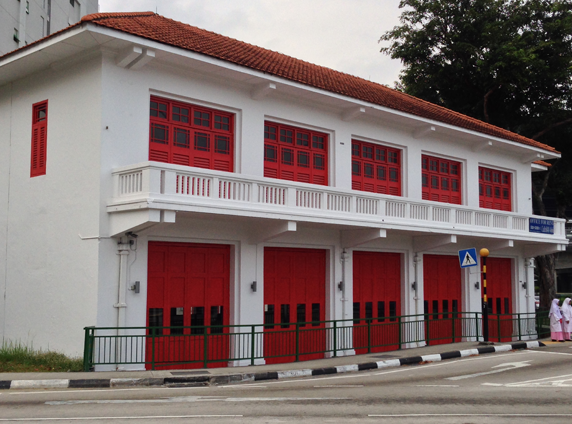
Geylang has many claims to fame (and infamy), but this trail allows you to experience a very different side of the area. You’ll see 1920s terrace shophouses, and significant landmarks for Singapore’s Buddhist and Muslim communities such as Mosques, ethnic temples, a baptist church and even the Singapore Buddhist Federation, all highlighting Geylang as a cultural enclave. The former Geylang Fire Station, opened in 1929, is a pre-war infrastructure reminiscent of our colonial history, is worth a visit.
Rediscover the story of George Drumgoole Coleman, an Irishman, also a civil architect who arrived in Singapore in 1822 who served as an architect, surveyor and eventually, the superintendent of public works. Designing and constructing bridges, government buildings, private homes and places of worship, Coleman helped to shape the young settlement. Only a few of his buildings have survived, including the former Paliament House—now The Arts House—and the Armenian Apostolic Chuch.
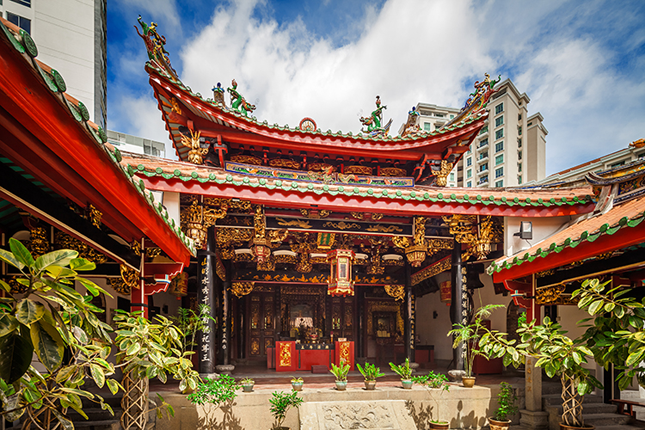
The Jalan Besar trail is a visual treat of low-rise traditional pre-war shophouses that lights up the neighbourhood with charm. Make a trip down to check out historic structures including Allenby House with its multicolored panels; Hong San See Temple, a Chinese-Baroque style multi-colored terrace houses on Petain Road; and Singapore's famous Sri Manmatha Karuneshvarar Temple.

For when you want to wind down, the Jurong Trail is the likes of a suburban retreat. Concerted efforts and budget have seen to the conversion of Jurong into a green belt and the maintenance of the Pandan reservoir and Chinese gardens with its twin Pagodas. Also drop by Jurong Fishery port and its 400 meter long wharf that opens at 4am; lastly, Singapore’s remaining dragon kiln has successfully negotiated a lease extension and will be in operation till 2023, so check it out while you can.

This is one trail that will not disappoint. It houses a great number and diversity of religious spaces—there’s the magnificent Abdul Gafoor Mosque, Foochow Methodist Church, Shree Lakshminarayan Temple and the Thai Buddhist Monastery Sakya Muni Buddha Gaya Temple. You get to play tourist if you join the guided walking tour Dhobis, Sari and a Spot of Curry, where knowledgable guides will take you to the best garland and spice stores, a sari-tying sesh, Little India's oldest restaurant, and more.
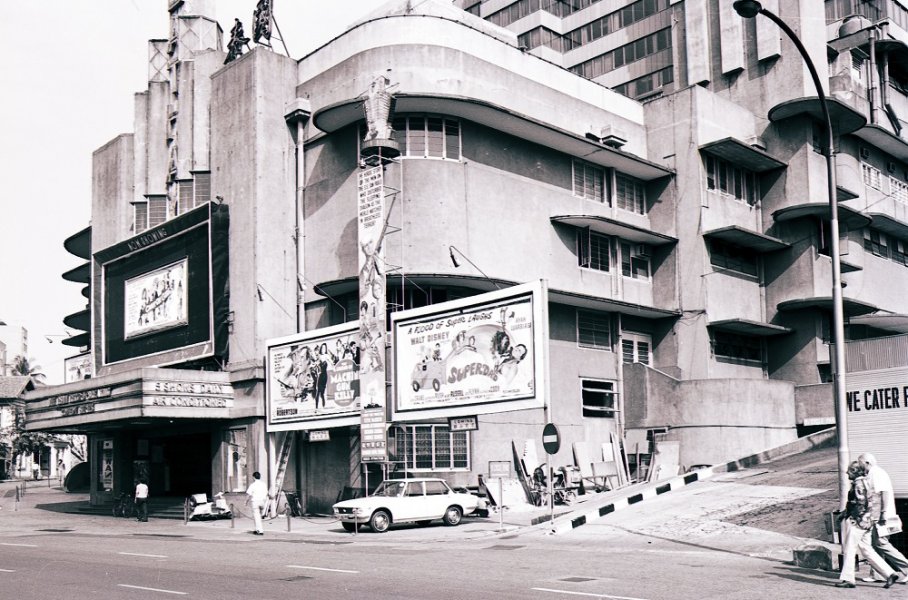
The next time you’re in town with time to kill, forget whiling it away in a cafe and try wandering through a cemetery instead. The 18th in NHB's list of heritage trails, this is a self-guided trail around 71 heritage sites spanning Dhoby Ghaut to Tanglin. Trail markers have also been put in place to help chart Orchard’s metamorphosis, from a community of nutmeg plantations to today’s retail and tourism hub. Jury’s still out on how a heritage trail in Orchard will make you feel—yay to our rich history and progress, but nay to the fact that so many historical places have been lost and turned into malls?
Queenstown, Singapore's first satellite town holds a history beyond its hosting of the contemporary IKEA store. Highlights of the Queenstown Heritage Trail include the Church of the Good Shepherd, the former Thye Hong Biscuit and Confectionery Factory and some of Singapore’s first HDB flats. For history buffs, underneath Gillman Barracks was the holding place for British troops during the second World War.
The Sepoy Lines Trail traces the history of Singapore’s Sikh community, bringing you past former barracks, the Bhai Maharaj Singh Ji Memorial and the Silat Road Sikh Temple. It'll also take you on a visit past the former Outram Prison, first erected in the 1800s.
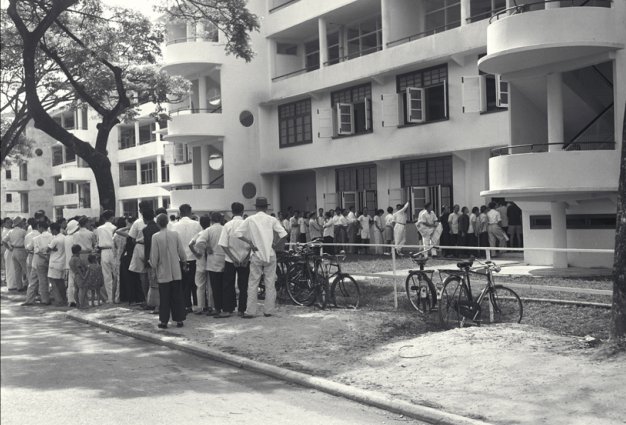
Although a target of gentrification, Tiong Bahru still holds a charm beneath its almost modern façade and indie cafes. An interesting titbit—this estate was colloquially referred to as “er nai chun” as it housed the mistresses of rich men. Check out this trail for its conserved pre-war flats that homeowners are required to apply for a clearance permit should they want to renovate; the grave of Tan Tock Seng, the pioneering batch of SERS flats, Singapore’s oldest and most famous chwee kueh stall—Jian Bo Shui Kueh opened in 1950, and the famous Tiong Bahru food market, constructed in 1945, that had resulted in the removal of two shophouses.
Toa Payoh isn’t just your typical heartland neighborhood, it was Singapore’s second satellite town, providing the blueprint for all residential areas that had followed suit. The Toa Payoh Trail takes you around nine landmarks from its storied past including the 1973 SEAP Games Village, Lian Shan Shuang Lin Monastery and the iconic dragon playground. To sweeten up your experience, drop by the famous albeit ironically named Hougang Six Miles Muachee at 480 Toa Payoh North, that offers two dressings—grounded peanut and black sesame.
Into dark tourism, anyone? For some of us, there's a morbid appeal in visiting visitor centers and museums linked to death and tragedy. With markers almost all across Singapore, the World War II Trail calls for a road trip. You’ll wish to cover the site of the Kranji Beach Battle, the Sook Ching Inspection Centre and the massacre sites of Changi, Punggol and Sentosa as you remember Singapore’s darkest chapter.

